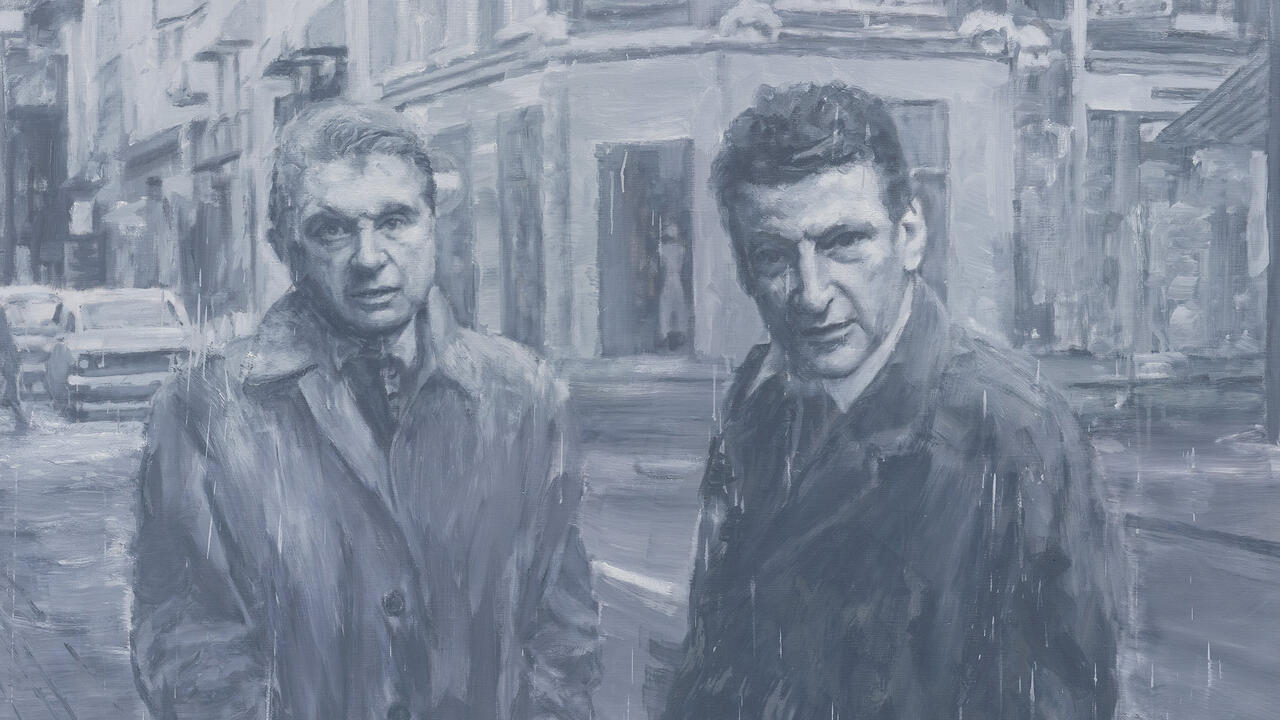Emma Hedditch
Distribution, social movements and political activism are not just the content of Emma Hedditch’s art, but also its form
Distribution, social movements and political activism are not just the content of Emma Hedditch’s art, but also its form
Although her work may seem associated with a performative or socially inclusive lineage, her esoteric practice has developed from more tangential networks. The artist does not consider art as ‘social homeopathy’, but is more concerned with the mechanics of how collective goals, including her own work, are achieved.
Hedditch’s inquiries are a lot less prescribed than, say, the soup kitchens and public leaning posts of relational aesthetics, and less coherent than documentary filmmaking. For her, social and political structures are not a material to manipulate, but things to have a dialogue with, to be influenced by. Her work is entirely collaborative, so that she is more of a facilitator than an author. The form of the outcome is never established at the beginning and often not even at the end of a piece of work. For A Pattern, a project that has been ongoing since 2001, Hedditch invites groups to collaborate on making videos from a list of proposed scenarios; for example:
Video something you would describe
as political
Video a discussion between persons
who are trying to agree on something
Video a person shopping for groceries
Video a person you know at a computer
The exercise is one of negotiation, and the work lies in the making, not what is made, as the piece has no distinguishable form other than bouts of confab and activity.A Pattern suggests that the artist could be a grassroots organizer whose work may be viral or invisible but nonetheless embedded within the fabric of society. Similarly, during a weekend event Hedditch organized in January 2004 at Cubitt, London, A Political Feeling, I Hope So, the gallery became a ‘feminist autonomous space’ that was self-propelling. Social forms – meetings, information exchanges, live music (by Lesbo Pig) and documentary film screenings – and participants, instead of providing subject matter for some documentary process, were themselves operational producers beyond the artist’s control.
It is nearly impossible to ‘profile’ Hedditch. Her projects don’t follow one another chronologically – they overlap, disappear, conflate and drift off; their positioning oscillates between the accessible and the subversive. Writing may occur in a free pamphlet, interventionist texts in magazines or straightforward articles on women-only support groups, community TV or pregnancy as subjective experience. She organized a series of exhibitions, ‘And I Will Do Anything To Get Girls Into My Bedroom’, which each ran for a month in her bedroom in a flat from 1996 to 1998, and is an affiliate of the Copenhagen Free University, based in Jakob Jakobson and Henriette Heise’s flat. Her videos also tend to inhabit some parallel realm; you will never find them installed in a gallery, where the viewer drifts in and out. She prefers the context of cinema, where the audience has a more committed role. In the exhibition ‘Citizen Queer’ in the Shedhalle, Zurich, her piece Our People Meet Our People (2004), a multi-channel video that simulated television, was ultimately controlled by the viewer, who could channel-hop between found and constructed footage of scenes that related to gender politics, from explicitly discursive pieces to images of women cooking.
Noam Chomsky has an annoying habit of saying that what to do in opposition to institutional hegemony is ‘obvious’: ‘Somehow, the fact of enormous privilege and freedom carries with it a sense of impotence, which is a strange, but striking, phenomenon. The fact is, we can do just about anything. There is no difficulty, wherever you are, in finding groups that are working hard on things that concern you.’1 The reality, however, is that these groups often diverge to the point of dysfunction when it comes to strategy and vision. Hedditch’s intention is to scrutinize these breakdowns and build alternative procedures for creating work or making changes. Yet she points out that this doesn’t situate art in the role of agency – she is chasing fragments, glimpses of functionality, not creating a PR machine that sends out messages to change the world.
Art, it is often hoped, is a reflection of lived reality; in Hedditch’s case her practice seems as honestly fallible. There is little polishing off or manipulation of matter; the social is allowed to develop according to its own turbulent models, and participants are regarded not for what they can offer but for their personal investment in a project – in Hedditch’s words, their ‘capacity, interest, ability to understand the signs, willingness to give signs, health, other commitments, knowledge of the act itself’. When collaborators are given such precedence over the outcome, it is difficult to establish whether this is an aspirational practice with pragmatic ends, or the other way round.

















